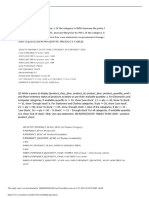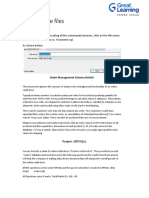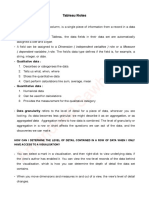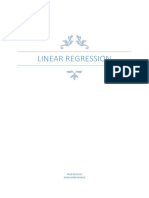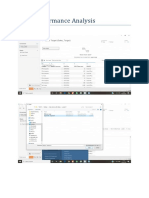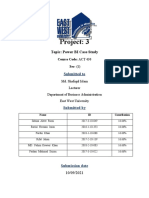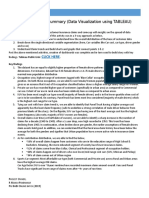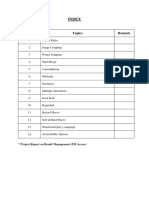100% found this document useful (1 vote)
2K views26 pagesMid Course Summative Assessment - Data Vizualization Tools
Uploaded by
palbharti151Copyright
© © All Rights Reserved
We take content rights seriously. If you suspect this is your content, claim it here.
Available Formats
Download as DOCX, PDF, TXT or read online on Scribd
100% found this document useful (1 vote)
2K views26 pagesMid Course Summative Assessment - Data Vizualization Tools
Uploaded by
palbharti151Copyright
© © All Rights Reserved
We take content rights seriously. If you suspect this is your content, claim it here.
Available Formats
Download as DOCX, PDF, TXT or read online on Scribd
/ 26























